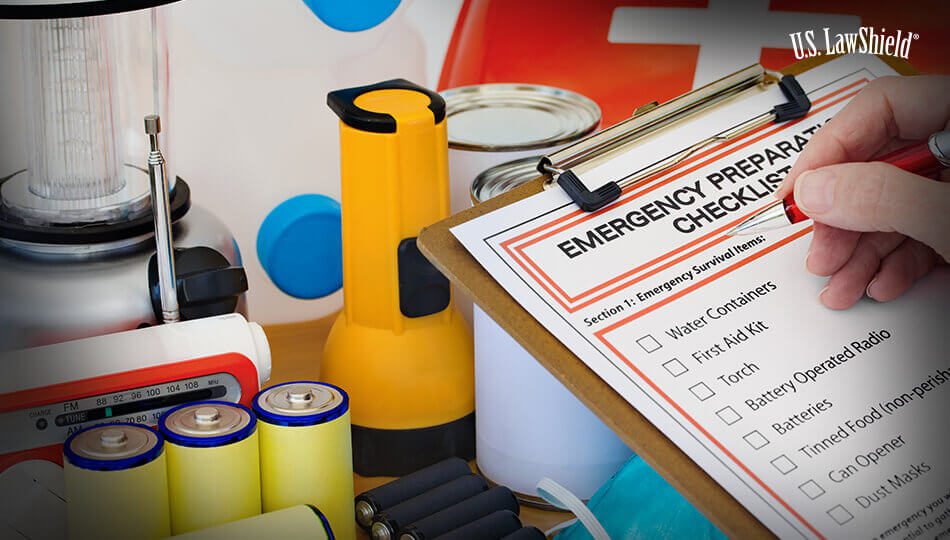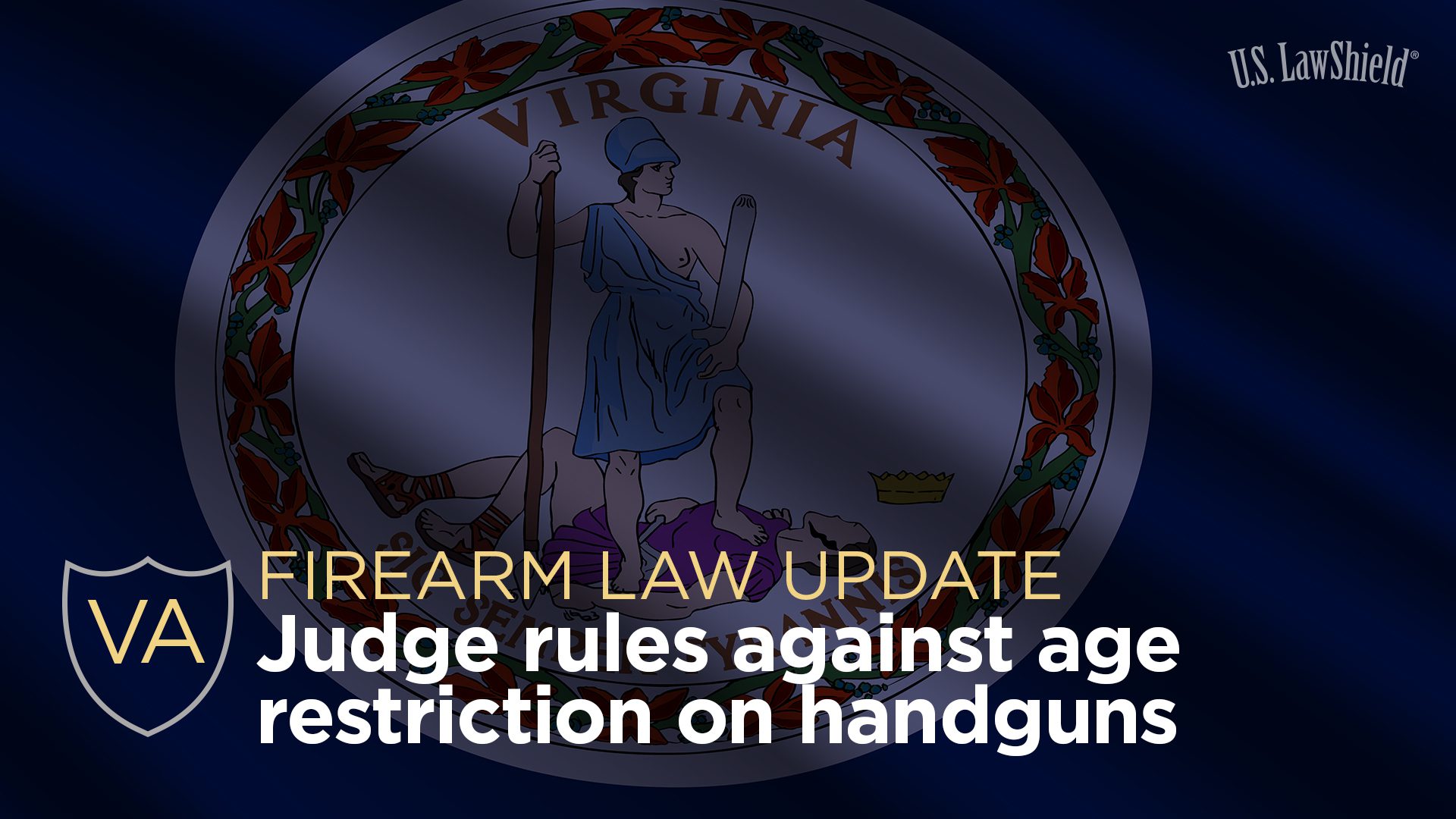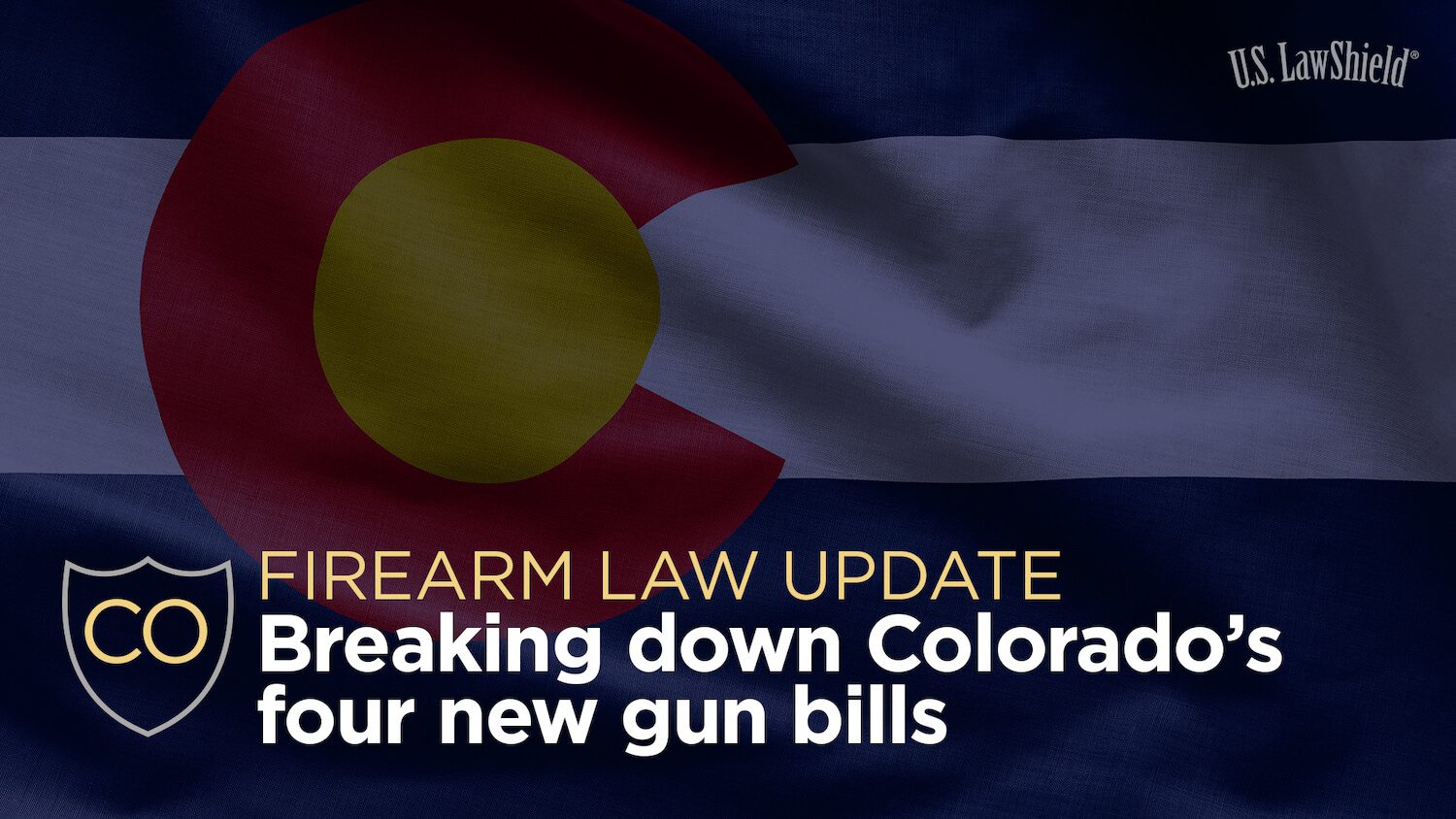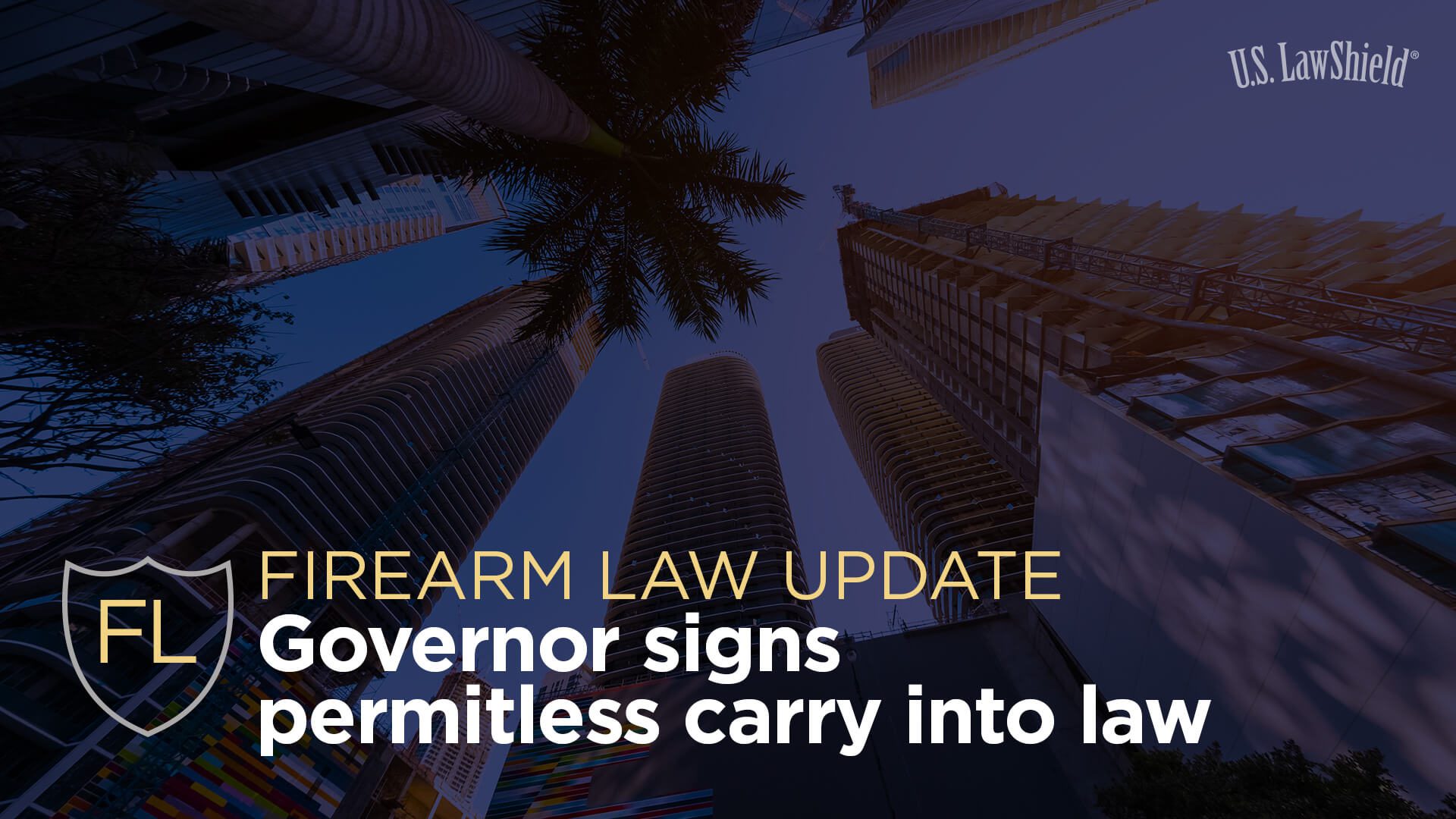
What is National Preparedness Month?
National Preparedness Month is an observance each September to highlight the importance of citizen preparedness for potential disasters, emergencies and service interruptions. Although low, the risk of an emergency is never zero, and even minor steps to prepare can make huge impacts in the moment.
The theme for National Preparedness Month in 2022 is “A Lasting Legacy” and highlights that family preparedness can contribute to the future health and safety of your family. The Federal Emergency Management Agency (FEMA), via the website Ready.gov, prepared a variety of resources for this month in the form of graphics, videos, calendars and other publications. These resources can help you and your community plan for emergency scenarios.
Many people prefer to ignore the subject of disaster preparedness because it can generate anxiety about things outside their control. If someone you include in your emergency plan becomes anxious, highlight that preparing for a disaster doesn’t make it more likely to happen. In fact, just a little bit of thought, planning and expenditure now can save lives in the future. It’s a difficult subject to broach, but is too important to leave to chance.
If your community does encounter a Hurricane Katrina level disaster, you want to be ready with the necessary plan and resources. This is the focal point of this year’s National Preparedness Month’s “lasting legacy” message: Your family is too important to fail to prepare for such things. If you can plan a wedding or a birthday party, you can plan for a personal, local or national emergency.
Enjoying this content? Find out how you can get more sent straight to your inbox.
National or local? Weather or unrest? A disaster can take many forms
Wherever you live, nature has its own ideas about what it should be doing, and those can take some nasty forms. The Red Cross has resources displaying the primary local weather or geological dangers that might come your way. From the tsunami and earthquake of the West Coast, the fire, tornado and winter storms of the Midwest, to hurricanes and floods in the eastern U.S., all Americans are at risk of a natural disaster. Each potential problem requires unique preparations, by both you and your local emergency services. Because of this, it’s important to have the right data and resources to ensure your personal or community emergency preparedness plan addresses the most likely emergency scenarios.
While weather can certainly be disastrous, it’s not the only event that requires preparedness. Civil unrest is on more minds the last few years. Being aware of the civil activity in your community and having a plan and resources to “bug-out” (flee) or “bug-in” (fortify your home) can put you ahead when dealing with these issues—or help you avoid them entirely.
Extended interruption of local health or utility services can make for a problem that preparedness can alleviate as well. Alternate electricity sources, proper water and food storage, and stocking up on and taking classes on how to use medical equipment can all be potential lifesavers. Talking to your doctor about preparing for emergency events and your specific medical needs can be a helpful step, particularly if you’re currently taking any prescriptions. Consider that medication such as insulin requires refrigeration. If you suffer from diabetes, a generator and a hefty stockpile can mean the difference between being uncomfortable or requiring emergency medical services that may not be readily available. These are often expensive measures that not everyone can take, but a community effort might address a similar need for many in your area.
Information is your best weapon: FEMA.gov and other emergency resources
This month is a great time to discuss emergency preparedness with your local government. You can present the Ready.gov resources to your city manager or council and ask what steps they have taken on this front, and what you can do to be ready for disaster events in your area. You could survey your government representatives, neighbors or employer and see what gaps in emergency preparedness might be addressed. You may be taken much more seriously if you bring relevant information and suggestions for how to implement a plan to ensure the health and safety of yourself and your community. Thankfully, Ready.gov and the Red Cross are both excellent resources. Family preparedness starts with you but doesn’t have to stop there!
Your Protection Starts Here!
The information provided in this publication is intended to provide general information to individuals and is not legal advice. The information included in this publication may not be quoted or referred to in any other publication without the prior written consent of U.S. LawShield, to be given or withheld at our discretion. The information is not a substitute for, and does not replace the advice or representation of a licensed attorney. We strive to ensure the information included in this publication is accurate and current, however, no claim is made to the accuracy of the information and we are not responsible for any consequences that may result from the use of information in this publication. The use of this publication does not create an attorney-client relationship between U.S. LawShield, any independent program attorney, and any individual.




Leave A Comment